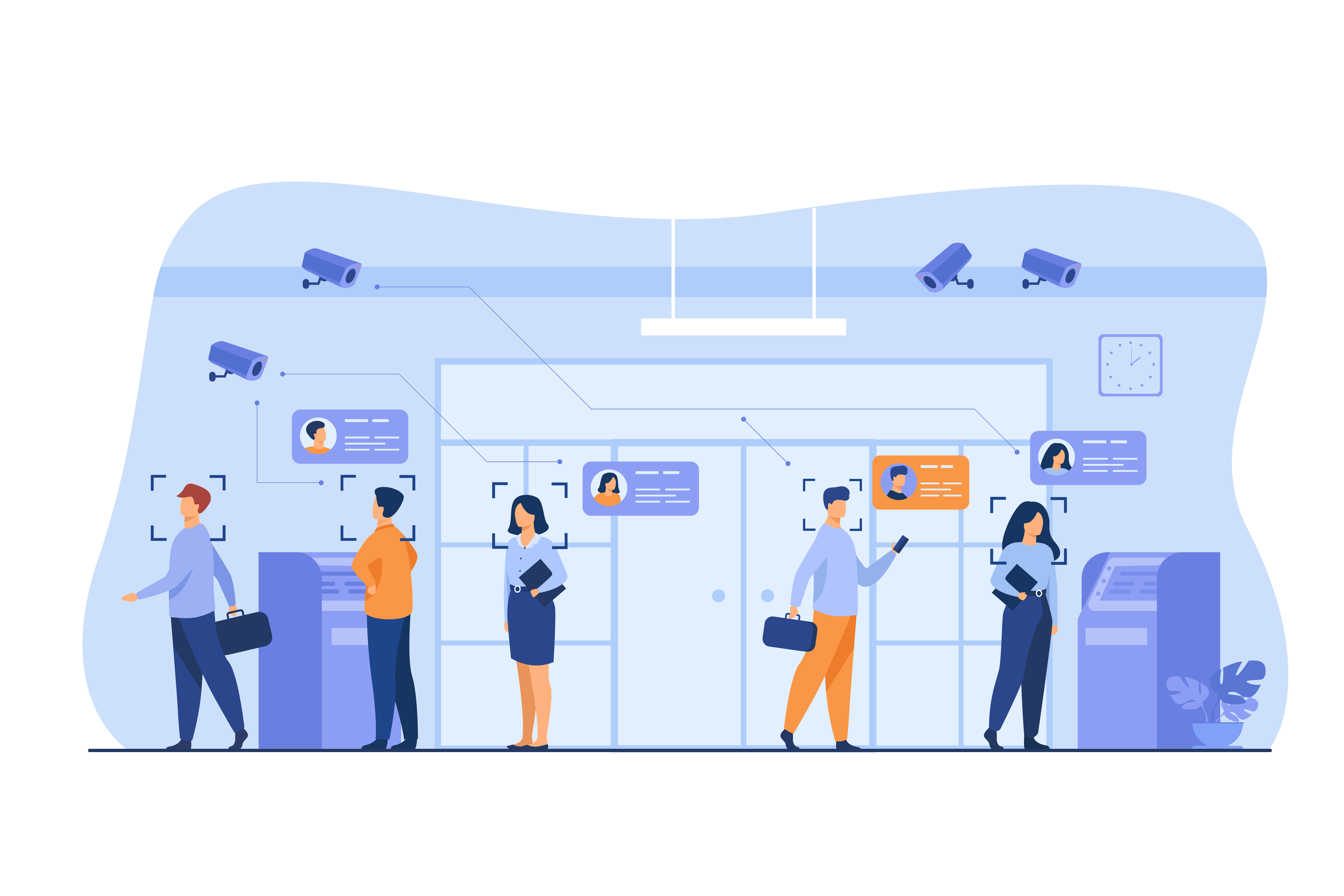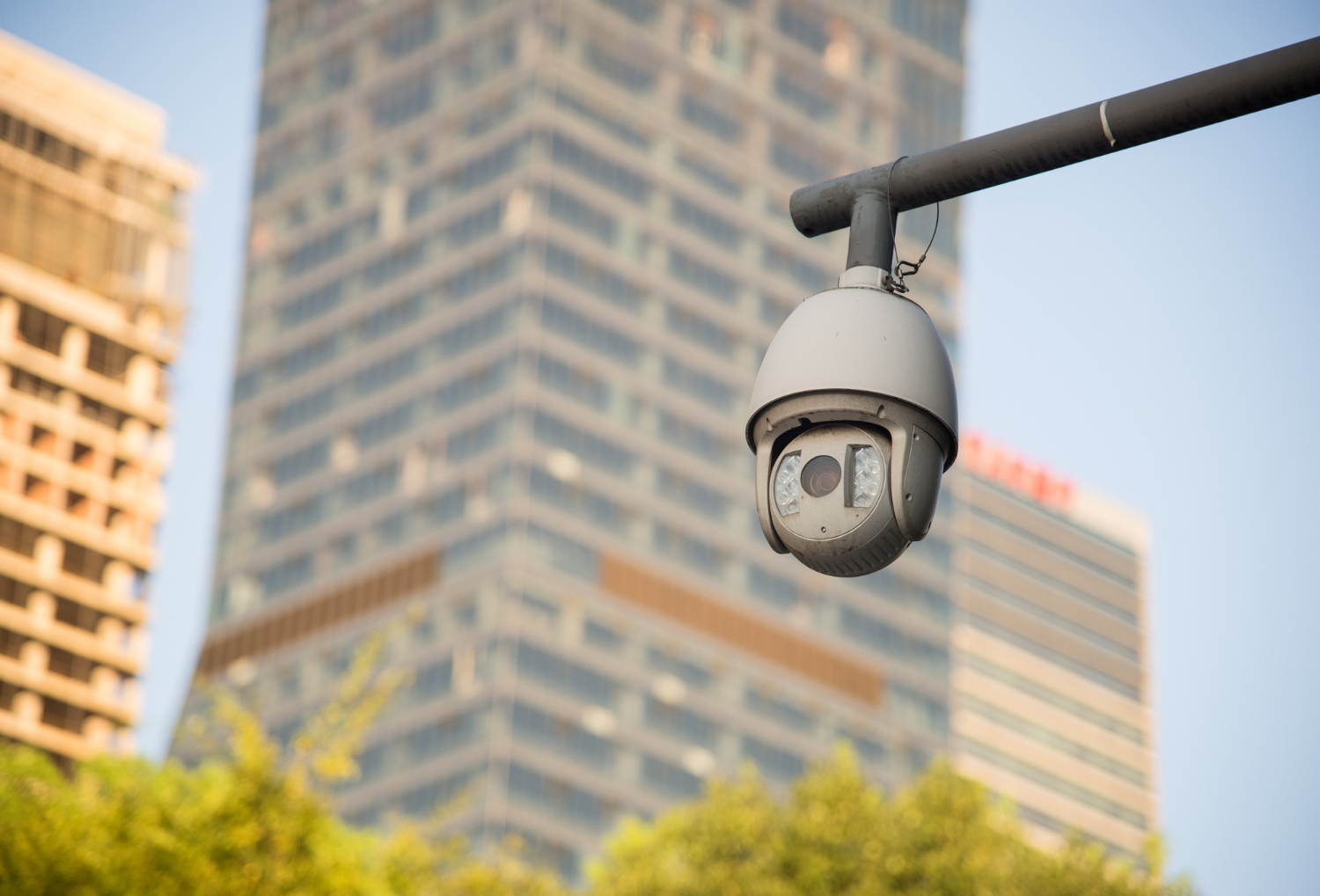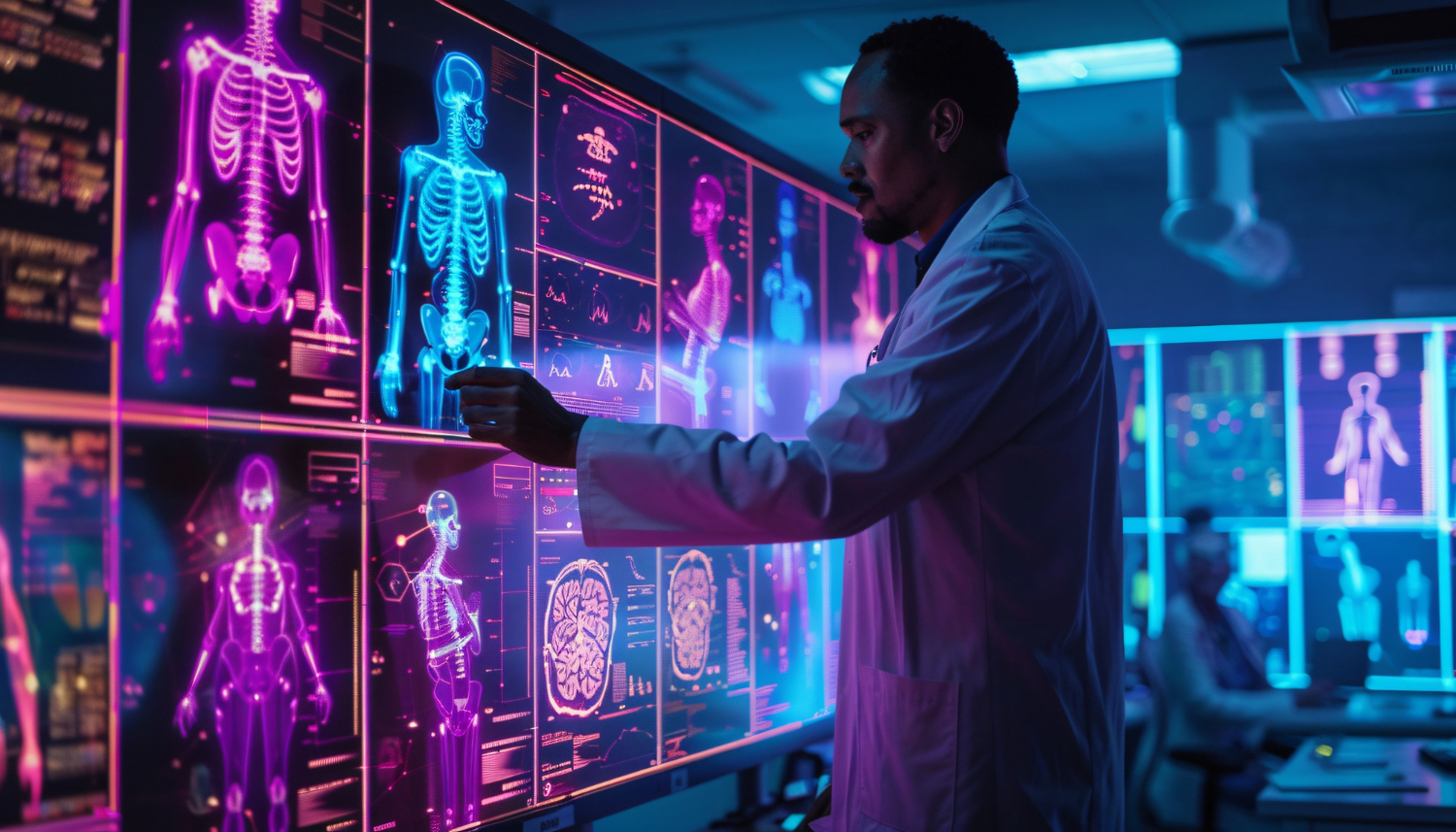Redefining Security with AI-Powered Video Surveillance
Modern organisations require robust video surveillance to detect threats and maintain secure environments. AI now plays a key role in powering automated incident detection in real time. The use of high-resolution cameras, both indoor and outdoor, ensures clarity of video footage, even in low light with night vision. These systems are essential for security measures in businesses, public spaces, and residential settings.
Home security cameras like Google Nest have brought sophisticated technology into households. They capture and save videos while offering the quick ability to download and share selected clips. Cloud storage plans often retain recordings for 30 days.
This gives users access to their footage when needed. In contrast, high-risk sectors such as airports and financial centres rely on recorder NVR systems. These devices store local video and process streams with AI video surveillance software.
The Mechanics of Automated Incident Detection
Cameras work alongside NVRs to analyse scenes continuously. They perform AI-driven analysis on live video recordings, spotting unusual motion, line crossing, or loitering.
When a potential threat arises, the system flags that incident. It generates alerts within seconds, sending them to operators or mobile apps. This swift response reduces risk and improves defence strategies.
Incident detection algorithms also examine scene context and behaviour, reducing false positives. The result is more precise alerts. Records include time stamp, camera ID, event type, and clip duration. Such detail adds value for compliance, audits, or investigations.
Key Features of Next-Gen Video Surveillance
High Resolution and Night Vision
Clear visuals help identify faces, license plates, and suspicious items. Night vision ensures image quality in low light or no light. This enhances real-time monitoring and forensic review.
Indoor and Outdoor Coverage
Modern systems integrate indoor and outdoor cameras. Indoor units focus on privacy zones. Outdoor models deliver weatherproofing and a wide field of view. All cameras work in tandem for complete coverage.
Cloud and Local Storage
Cloud storage plans and local NVRs work together. AI analyses footage locally to reduce bandwidth use. Critical clips get saved to the cloud automatically.
All videos are saved for at least 30 days. Users can review, download, and share clips conveniently.
GDPR Compliant CCTV
Systems follow GDPR guidelines. They retain data only as long as required. Sensitive footage gets encrypted.
Systems maintain clear logs of video access and sharing. Users can manage access rights easily.
Read more: IoT Cybersecurity: Safeguarding against Cyber Threats
Enterprise and Residential Use Cases
For private homes, AI video surveillance offers peace of mind. Users receive real-time alerts when someone approaches.
They can check live footage, download clips, and share with trusted contacts. Systems use cloud plans to retain data for 30 days. They also allow remote control via mobile apps.
In places like banks and data centers, automated incident detection is very important. AI systems monitor perimeters, entrances, server rooms, and parking areas.
Cloud storage provides off-site redundancy. NVR storage offers fast access for in-building review. These systems integrate with broader security measures—alarms, motion detectors, and access control—which strengthen protection layers.
Advanced Insights: AI‑Generated Analytics
AI systems now generate intelligent summaries of incident data. Reports may show trends like frequent loitering near entrances or repeated overnight activity in loading docks. AI generated heatmaps help reveal blind spots in coverage and predict potential threats.
Video recording logs summarise events automatically. They filter out noise—like falling leaves or passing trains—and highlight truly relevant clips.
This enhances efficiency. Staff spend less time reviewing footage. They gain better situational awareness.
Read more: Computer Vision in Smart Video Surveillance powered by AI
Ensuring Availability and Redundancy
Systems must remain operational under all conditions. Recorder NVR units often link to cloud services but can run offline. This allows continuous local recording through internet outages.
Once connectivity returns, flagged clips sync to the cloud. Cameras can also support local backup on SD cards or USB drives.
Cloud storage plans support multiple retention tiers. Core footage might stay for 30 days. Selected events can be archived longer.
GDPR compliance remains intact by deleting or anonymising data after set periods. This dual model ensures both resilience and legal compliance.
Privacy, Ethics, and Compliance
Protecting personal data is vital. GDPR-compliant CCTV systems blur faces in non-alert situations. They limit footage access to authorised users only. They log every download and share action.
Privacy notices inform occupants that surveillance is taking place. Camera zones respect privacy by masking sensitive areas, like bathrooms or neighbours’ windows.
Mechanisms also anonymise video until an incident triggers full image clarity. These processes keep system use both intelligent and responsible.

Making the Switch to Smart Security
Transitioning to AI video surveillance demands planning. First, identify key zones requiring high resolution and night vision. Next, choose indoor and outdoor cameras accordingly.
Select cloud storage plans that match retention and compliance needs. Choose a recorder NVR capable of real-time AI analysis and capable of integration with existing systems.
Then define policies for video retention, access controls, and event notification. Build staff training on handling flagged footage. Ensure alignment with GDPR requirements and internal security procedures.
Read more: Facial Recognition in Computer Vision Explained
Integrating with Home and Enterprise Platforms
Systems now blend household and corporate tools. A Google Nest alarm signal can feed into a central recorder at headquarters. Home security cameras can act as backup feeds during off hours. Cloud storage plans can be shared between home and office devices.
Central dashboards unify event records across sites. They include camera metadata, clips, and AI-generated analytics. Alert workflows can switch from text to email to pager depending on the criticality of incidents.
Real-Time Response and Decision-Making
Speed matters in high risk situations. A delay in identifying a threat can lead to property damage or safety breaches. AI-powered video surveillance reduces this delay.
By analysing video footage in real time, systems help personnel act faster. This includes alerting local guards, locking doors, or contacting emergency services.
Systems can send alerts within seconds. These alerts contain important details such as timestamp, video clip, and camera location. Operators can assess the situation quickly and decide on the next step. The ability to save videos instantly ensures that evidence is never lost.
Smart filters also allow teams to sort footage by time, location, or type of alert. This improves the review process. Instead of going through hours of video recording, staff see only the relevant clips. Whether the system covers a single site or multiple buildings, response coordination becomes easier.
In larger systems, events from different locations can be viewed on one dashboard. For example, outdoor cameras in car parks may send alerts to the same platform as indoor units in a warehouse. Cloud storage plans sync video footage to a central system, which improves accessibility. Remote access allows decision-makers to act even when offsite.
By combining video analytics with real-time alerts, AI video surveillance supports safer environments across sectors.
Future of Incident Detection
AI video surveillance keeps evolving. Future systems may use facial matching, behavioural profiling, and voice detection. They may spot unusual sounds—such as glass breaking or distress noise. This adds new dimensions to incident detection.
Systems may trigger pre-programmed responses. They could lock doors, route feeds to control rooms, or start recorded audio deterrents. They may link with drone patrols that follow detected intruders.
Use of high resolution, night vision, and AI-generated event summaries will grow. Businesses and homeowners will rely on these layered measures to ensure safety.
Read more: Case-Study: Action Recognition for Security (Under NDA)
Choosing the Right Partner: TechnoLynx
At TechnoLynx, we design and deploy next‑generation AI video surveillance systems for both residential and enterprise clients. We assess site layouts and identify camera placement. We choose indoor and outdoor, high-resolution, night vision models based on your needs.
We configure recorder NVR systems with real-time event analysis. We combine cloud storage plans and GDPR-compliant CCTV policies. We set custom event alerts, analytics dashboards, and audit trails. We integrate home security cameras like Google Nest with enterprise systems for unified monitoring.
Our service includes training on how to download and share footage. We set security measures and retention rules for 30 days or more. We optimise AI-generated alerts to minimise false positives.
We support security teams with tools for incident review and compliance. We ensure every record includes what you need. We align with privacy rules and auditing standards.
TechnoLynx brings cutting-edge AI video surveillance to your security strategy. Our systems raise incident detection to a proactive, intelligent level, so you see risks clearly in real time and respond with confidence. Contact us today to start a secure, modern, AI-based visual computing solutions!
Image credits: Freepik and PCH Vector













